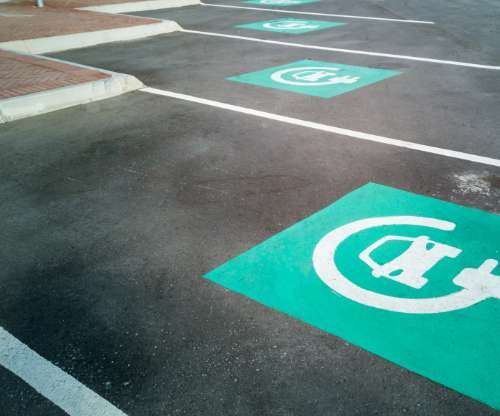What is the difference between BEVs, PHEVs and HEVs?
Drive Electric
OCTOBER 26, 2022
They have no gas, exhaust, clutch, gears, or spark plugs. The electricity used to drive the vehicle is stored in a large battery, which is charged by plugging the car into a power source, either at home or public charging stations. BEVs are low-maintenance vehicles. HOW DOES A FULL EV WORK?











Let's personalize your content